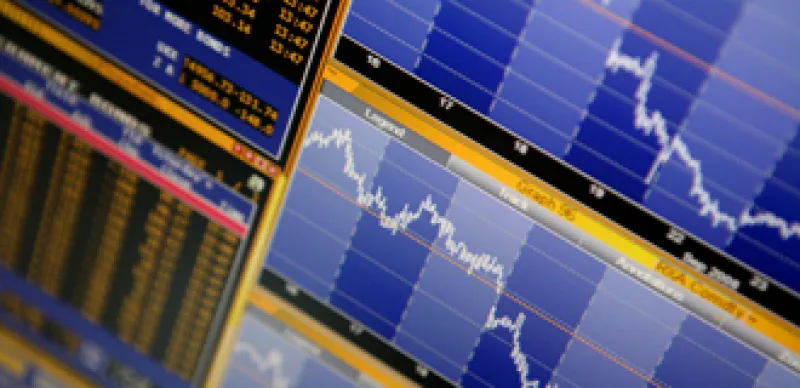When J.P. Morgan was asked how he had become so rich? He replied, “I sold too early.”
The Problem: For many portfolios, their largest positions are the investments that have worked and increased in value. These assets are prime candidates for the Good Stock Paradox. The paradox is that as the price of an asset increases, the risk-adjusted return decreases. Despite this fact, most firms increase their exposure through price appreciation.
For example, a stock trading at $20 that you believe is worth $40 has a 100 percent expected return. If the position size is 3 percent at $20, then it is roughly 6 percent at $40. But the remaining expected return is now 0 percent. Through the Good Stock Paradox, exposure has doubled from 3 percent to 6 percent for an asset whose expected return has decreased from 100 percent to 0 percent.
This is a nefarious problem because managers love to “let their winner’s run” while at the same time getting confirmational information, in the form of stock price increase, that their thesis is right. It is easy to look past the investments that are winners and focus on the losers, but if the winner is now a 6 percent position and the loser is a 1 percent position, then focus probably needs to shift.
Firms that are good “stock pickers” are especially exposed to this phenomenon and can end up with very low risk-adjusted return portfolios because their positions perform as anticipated and end up as large exposures with weak residual risk-adjusted returns.
The Solution: Centering a firm’s investment process around risk-adjusted return quickly highlights inconsistencies in the portfolio between return and position size. Clearly the good investments have generated positive returns. To continue positive fund performance there must be a repeatable decision process that constantly asks the question, “if I were investing in this asset for the first time today, would I be at this position size?” If the answer is ever “no”, an adjustment should be made.
Managing constant portfolio refinement is difficult through mental calculation, so a firm should establish a systematic approach based on risk-adjusted return. Risk-adjusted return should measure the profit from the thesis coming to fruition, the loss if it does not, and the probability of each.
The inverse relationship between risk-adjusted return and position size quickly highlights winners that have overstayed their welcome or, at least, where research needs to be updated. This kind of repeatable decision process will help eliminate the Good Stock Paradox and positively impact performance and risk.
Click here for the solution to:
Mistake #1: Discounting the Downside
Mistake #5: Higher Return Does Not Always Mean Higher Risk
Mistake #6: What Is Your Sixth Best Idea?
Mistake #8: The ETF Hedge (The non-Alpha Short)







